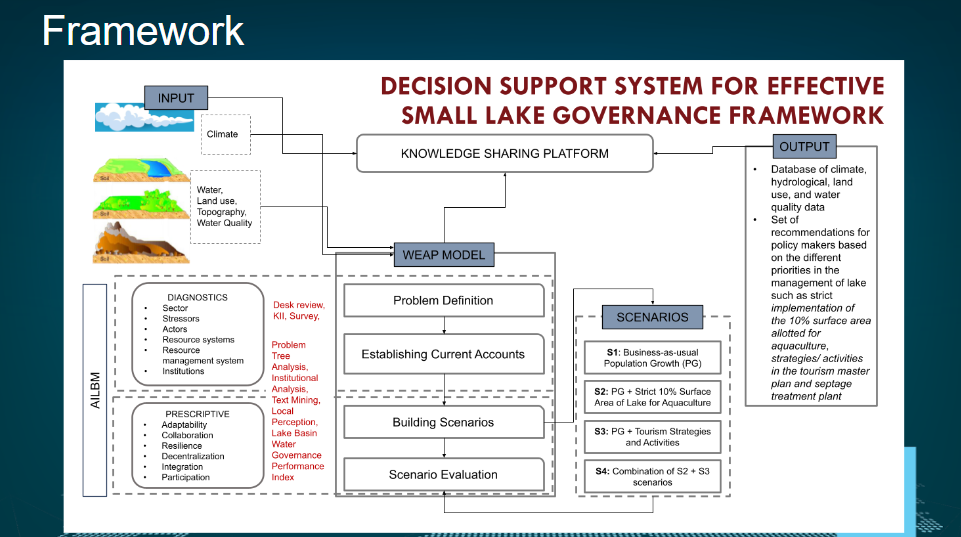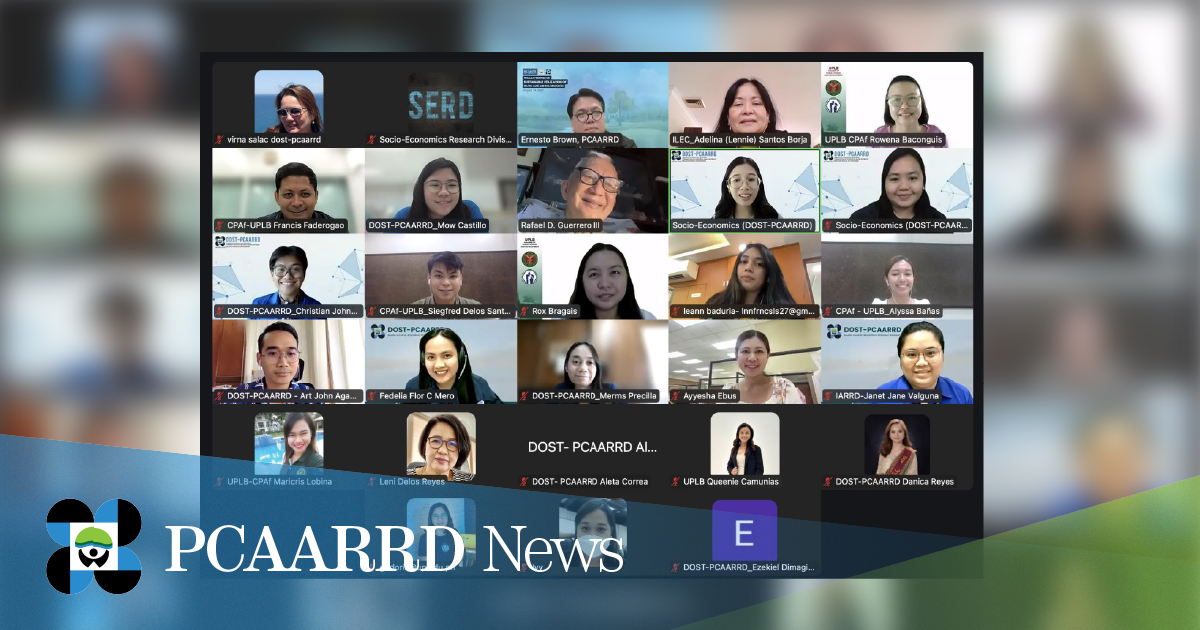Lakes Balinsasayao and Danao in Negros Oriental are renowned for their biodiversity and serve as crucial sources of clean water, contributing to the health of the major river systems in the region. Historically, they have protected communities from extreme weather by stabilizing the local climate. However, activities like slash-and-burn agriculture and illegal logging prompted the issuance of Presidential Proclamation No. 414 in 2000, declaring the twin lakes a protected area.
Currently, the lakes support recreation, tourism, water supply, and renewable energy, benefiting local economies and communities. Despite the area's designation as a protected area, the effectiveness of governance by the Protected Area Management Board (PAMB) and Local Government Units (LGUs) in managing the lakes remains underexplored and insufficiently assessed.
To address this gap and enhance lake management and governance, the Philippine Council for Agriculture, Aquatic and Natural Resources Research and Development of the Department of Science and Technology (DOST-PCAARRD) initiated a new decision support system project, “Decision Support System for Effective Lake Governance of the Twin Lakes of Sibulan, Negros Oriental, Philippines.” This project is led by Dr. Rowena DT. Baconguis of the College of Public Affairs and Development (CPAf) of the University of the Philippines Los Baños (UPLB).
The project aims to build on the success of the previous similar DOST-PCAARRD-funded project on San Pablo's seven lakes by developing a decision support system tailored for Lakes Balinsasayao and Danao in Sibulan, Negros Oriental.
On July 9, 2024, the Socio-economics Research Division (SERD) of DOST-PCAARRD, guided by SERD Director Ernesto O. Brown, organized the project’s inception meeting. Attendees included Dr. Rafael Guerrero III of Aquatic Biosystems, Ms. Adelina Santos-Borja of the International Lake Environment Committee (ILEC), and Ms. Leann Frances Louise Baduria of the Environmental Management Bureau of the Department of Environment and Natural Resources (DENR-EMB).
During the presentation, the project team emphasized their adoption of the Adaptive Integrated Lake Basin Management (AILBM) framework to assess governance and institutional setups in small lakes. They also outlined their development of a decision support model using the Water Evaluation and Planning (WEAP) tool. This model incorporates scenarios based on current lake governance policies and conditions. Additionally, the team discussed plans to establish a knowledge-sharing platform with stakeholders to foster a sense of ownership and engagement in lake management initiatives.

Given that the Twin Lakes are designated as a protected natural park, the project team will adopt approaches tailored to its unique status. Evaluators have stressed the crucial role of Local Government Units (LGUs) in managing lakes and developing comprehensive plans.
Recognizing the interconnectedness of the lakes within a single watershed, the evaluators hope that the project team would effectively evaluate the governance of the lakes based on the six pillars of AILBM.
The project commenced in June 2024 and is expected to run for two years.

